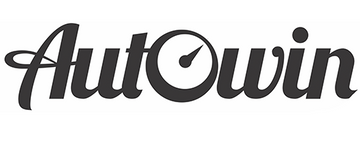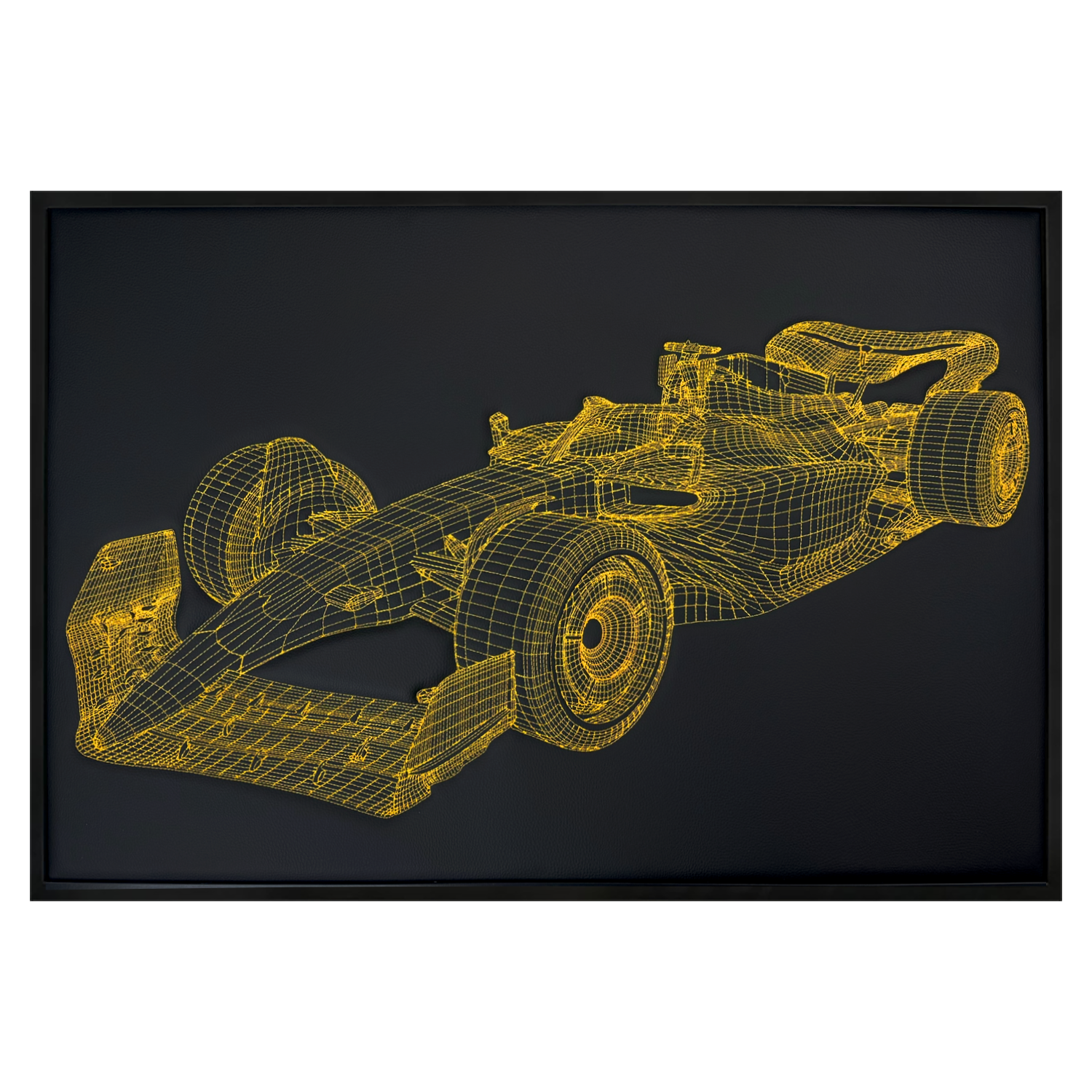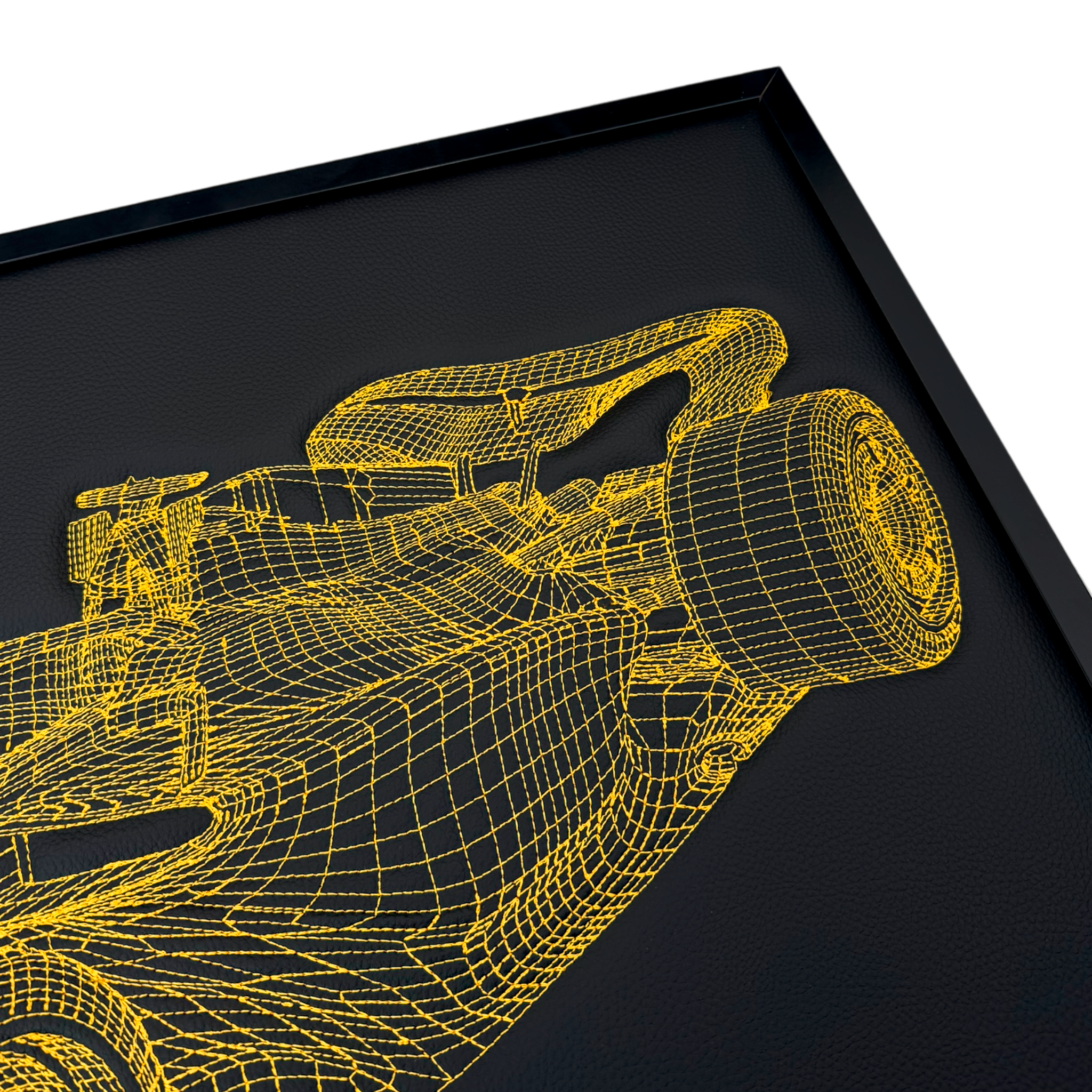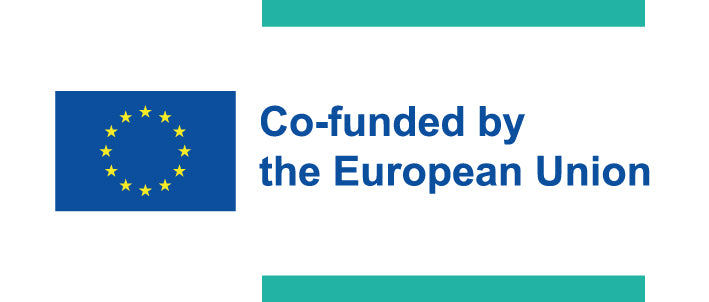Understanding BMW Headlight Markings: E1, E4, and E14
If you’ve ever squinted at the tiny hieroglyphics on a BMW headlamp and wondered what on earth “E1” or “E14” means, you’re not alone. I had the same moment in a Munich airport car park, torch in hand, trying to confirm whether a set of “E1” bulbs I’d just fitted to a friend’s F30 were the real deal. Here’s the straight, road-tested truth about BMW headlight markings—E1, E4, E14—and what they actually mean for safety, legality, and quality.
BMW Headlight Markings 101: What the “E” Actually Means
Let’s decode the basics. On your headlight lens or housing you’ll see an “E” inside a circle, followed by a number—something like E1, E4, or E14. That “E” means the lamp or bulb is type-approved under an ECE Regulation (European standard). Sometimes you’ll also see a lowercase “e” in a box; that’s the EEC Directive version. In practice, they’re treated similarly, and you’ll often find both.
- “E” in a circle = Approved to ECE Regulation.
- “e” in a box = Approved to EEC Directive.
- The number (1, 4, 14, etc.) = The country that granted approval, not where it was made.
Crucially, approval in one member country is valid across others that recognize ECE/EEC rules. So an E4 lamp (approved in the Netherlands) is legal just as an E1 (Germany) or E14 (Switzerland) unit would be, assuming the correct regulation(s) are listed on the lamp.

E1 vs E4 vs E14: What Changes For Your BMW?
Short answer: all three can be equally legal and safe if properly approved. Longer answer: Germany’s E1 marking has a reputation for tighter oversight. When I’ve fitted E1-marked bulbs to older BMWs—E39s and E90s in particular—I noticed consistency in beam pattern and cutoff that felt very “OE-equivalent.” It’s not magic; it’s process.
| Marking | Approval Country | Typical Authority | Reputation/Notes |
|---|---|---|---|
| E1 | Germany | KBA (Kraftfahrt-Bundesamt) | Known for rigorous audits and strong enforcement; widely considered “OE-equivalent” when done right. |
| E4 | Netherlands | RDW | Common on aftermarket lamps; approval valid across ECE regions when properly marked. |
| E14 | Switzerland | FEDRO/ASTRA | Strict processes; you’ll see this less often than E1/E4 but it’s equally legitimate. |
Quality Control Behind BMW Headlight Markings
Here’s where the German E1 gets its reputation. Before approval, manufacturers go through an initial assessment. Then the KBA conducts continuous spot checks—either directly or via commissioned organizations—at factories or importers’ warehouses. If they find deviations from the approved type, they demand fixes. If those deviations are significant—especially if they impact road safety—the approval can be withdrawn. No drama, just your typical Teutonic zero-tolerance approach.
How to Read BMW Headlight Markings on Your Car
- Look on the headlamp lens or the housing: You’ll see “E” in a circle plus a number (e.g., E1) and usually a regulation code (like R112 for headlamps, R7 for position lamps).
- Bulbs themselves may also carry E-marks: Handy when you’re cross-shopping replacements and want OE-equivalent quality.
- Beam pattern tells the story: On a night test run, E-marked lamps with proper approval deliver a consistent cutoff and spread without dazzling oncoming traffic. I’ve verified this on bumpy country lanes where sloppy beams show up instantly.
Are E‑Marked Headlights Legal Outside Europe?
In Europe, ECE/EEC approvals are the standard. In the U.S., DOT/SAE rules apply. Many European BMWs with E-marked lamps are perfectly legal in the EU and UK, but not necessarily in the U.S. without DOT markings. If you’re importing a car—or just parts—check your local regulations. I’ve seen owners fail inspections because the lamps were brilliant but bore the “wrong” stamp for that market.
BMW Headlight Markings: Country Codes Reference
These are the country codes you’ll see after the “E” or “e.” Again, they indicate where the approval was granted, not manufacturing origin.
| Code | Country | Code | Country |
|---|---|---|---|
| 1 | Germany | 2 | France |
| 3 | Italy | 4 | Netherlands |
| 5 | Sweden | 6 | Belgium |
| 7 | Hungary | 8 | Czechoslovakia |
| 9 | Spain | 10 | Yugoslavia |
| 11 | United Kingdom | 12 | Austria |
| 13 | Luxembourg | 14 | Switzerland |
| 16 | Norway | 17 | Finland |
| 18 | Denmark | 19 | Romania |
| 20 | Poland | 21 | Portugal |
| 22 | Russia | 23 | Greece |
| 24 | Ireland | 25 | Croatia |
| 26 | Slovenia | 27 | Slovakia |
| 28 | Belarus | 29 | Estonia |
| 31 | Bosnia-Herzegovina | 32 | Latvia |
| 34 | Bulgaria | 37 | Turkey |
| 40 | Yugoslavia–Macedonia | 42 | Special EC |
| 43 | Japan | 45 | Australia |
| 46 | Ukraine | 47 | South Africa |
Quick Buying Tips: Make Sense of BMW Headlight Markings
- Look for complete, legible markings: E-number plus relevant regulation codes.
- Prefer reputable suppliers and OE-equivalent lines: In my experience, E1/E4/E14 from known brands deliver predictable beam quality.
- Watch for counterfeits: Sloppy fonts or missing regulation lines are a red flag.
- Match light source to housing: Halogen, LED, laser—don’t mix unless the assembly is approved for it.
- After install, test at night: A quick drive will reveal misalignment or scatter before your next MOT/inspection does.
Conclusion: The Real Story Behind BMW Headlight Markings
BMW headlight markings like E1, E4, and E14 aren’t a ranking of “good, better, best.” They’re passports showing where the lamp or bulb was approved. E1 carries a reputation for tough German oversight via the KBA, which is why many enthusiasts (me included) associate it with OE-level consistency. But a correctly approved E4 or E14 is just as legal and, in the real world, can perform every bit as well. Check the markings, buy smart, and do a proper night test. Your eyes—and everyone else’s—will thank you.
FAQ: BMW Headlight Markings
- Is an E1 bulb better than E4 or E14? Not inherently. All are legal if correctly approved. E1 is known for stricter audits, which can correlate with consistency.
- Where do I find the E-mark on my BMW? Usually molded into the headlamp lens or printed on the housing; bulbs may also carry E-marks.
- Can I use E-marked headlights in the U.S.? Not necessarily. The U.S. typically requires DOT/SAE markings. Check your local regulations.
- Do LED retrofit bulbs count if they’re E-marked? Only if the entire lamp assembly is approved for that light source. A marked bulb alone doesn’t legalize a non-approved housing.
- What happens if a product deviates from the approved type? Authorities like Germany’s KBA can demand fixes or withdraw approval to protect road safety.














